- Have any questions?
- +86-189 8930 5995
- sales@mosinterchem.com.cn
Teicoplanin CAS 61036-62-2

Acycloguanosine CAS 59277-89-3
06/12/2018
Tobramycin Sulphate CAS 79645-27-5
06/12/2018| Model: | MOS61036-62-2 |
| Brand Name: | MOSINTER |
| CAS No.: | 61036-62-2 |
| Product Name: | Teicoplanin |
| Molecular Formul: | C88H95Cl2N9O33 |
| Molecular Weight: | 1877.6424 |
| Density: | 1.69g/cm3 |
| Flash point: | 492.612°C |
| Refractive index: | 1.76 |
| CAS NO.: | 61036-62-2 |
Teicoplanin (CAS: 61036-62-2) is an antibiotic.
Teicoplanin Attribute
| Molecular Formula | C88H95Cl2N9O33 |
| Molecular Weight | 1877.6424 |
| Density | 1.69g/cm3 |
| Refractive index | 1.76 |
Teicoplanin Molecular Formula
Synonyms: 8327A; Antibiotic 8327A; MDL 507; Targocid; Tecoplanina; Tecoplanina [INN-Spanish]; Tecoplanine; Tecoplanine [INN-French]; Tecoplaninum; Tecoplaninum [INN-Latin]; Teichomycin; Teicoplanine
Teicoplanin is an antibiotic used in the prophylaxis and treatment of serious infections caused by Gram-positive bacteria, including methicillin-resistant Staphylococcus aureus and Enterococcus faecalis. It is a semisynthetic glycopeptide antibiotic with a spectrum of activity similar to vancomycin. Its mechanism of action is to inhibit bacterial cell wall synthesis.
Oral teicoplanin has been demonstrated to be effective in the treatment of pseudomembranous colitis and Clostridium difficile-associated diarrhoea, with comparable efficacy with vancomycin.
Its strength is considered to be due to the length of the hydrocarbon chain.
Susceptibility data
Teicoplanin targets peptidoglycan synthesis making it an effective antimicrobial against Gram-positive bacteria including Staphylococci and Clostridium spp. The following represents MIC susceptibility data for a few medically significant pathogens:
Clostridium difficile: 0.06 μg/ml – 0.5 μg/ml
Staphylococcus aureus: ≤0.06 μg/ml – ≥128 μg/ml
Staphylococcus epidermidis: ≤0.06 μg/ml – 32 μg/ml
Chemistry
Teicoplanin is actually a mixture of several compounds, five major (named teicoplanin A2-1 through A2-5) and four minor (named teicoplanin RS-1 through RS-4). All teicoplanins share a same glycopeptide core, termed teicoplanin A3-1 — a fused ring structure to which two carbohydrates (mannose and N-acetylglucosamine) are attached. The major and minor components also contain a third carbohydrate moiety — β-D-glucosamine — and differ only by the length and conformation of a side-chain attached to it.
Mechanism
Teicoplanin vancomycin has the same mechanism of action, interfere with bacterial cell wall peptidoglycan synthesis of new parts. By the combination of the goods into the sky by peptidoglycan subunit amino acid -D- -D- alanine Alanyl part knot effect, this combination will normally be a recognized part of the bridge acid bacterial cells to extend and cross “hidden”. This binding inhibition two aspects: the formation of cell wall chain subunit growth or extension will be built to connect to the cell wall of a bridge crossing the final step. Therefore, the integration of the cell wall and secure damaged, stop the growth of bacteria, and finally death.
Antibacterial spectrum
Teicoplanin and vancomycin have similar antimicrobial spectrum of anaerobic and aerobic Gram-positive bacteria have antibacterial activity. Susceptible Staphylococcus aureus and coagulase-negative staphylococci (including methicillin sensitive and resistant), streptococci, enterococci, mononucleosis Secretary of Lee’s special bacteria, Micrococcus, JK group Corynebacterium and Gram-positive anaerobic bacteria, which include Clostridium difficile and digestive bacteria.
Teicoplanin is stronger than the role of S. aureus to vancomycin, fewer adverse reactions.
Due to the unique mechanism of action of teicoplanin, teicoplanin resistant strains rarely. So to penicillins and cephalosporins, macrolides, tetracycline and chloramphenicol, aminoglycosides, and rifampicin resistant Gram-positive bacteria, is still sensitive to teicoplanin.
You must be logged in to post a review.

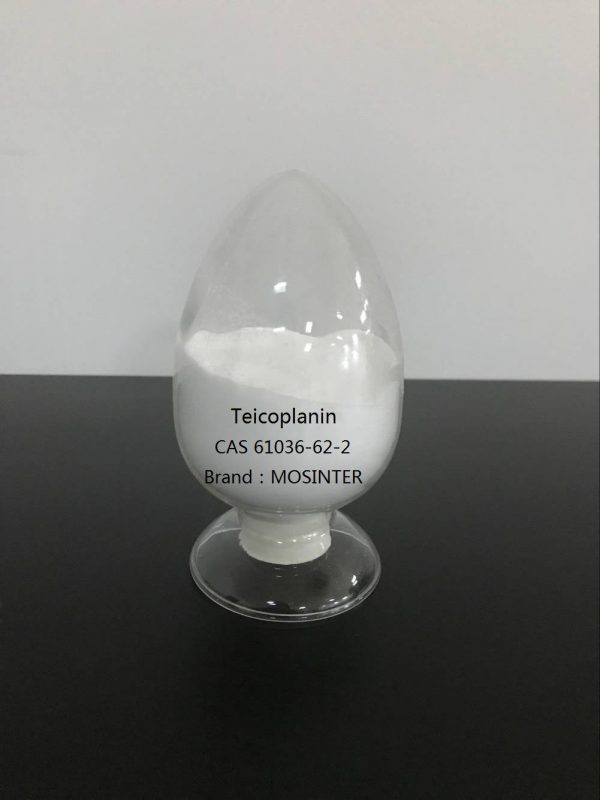
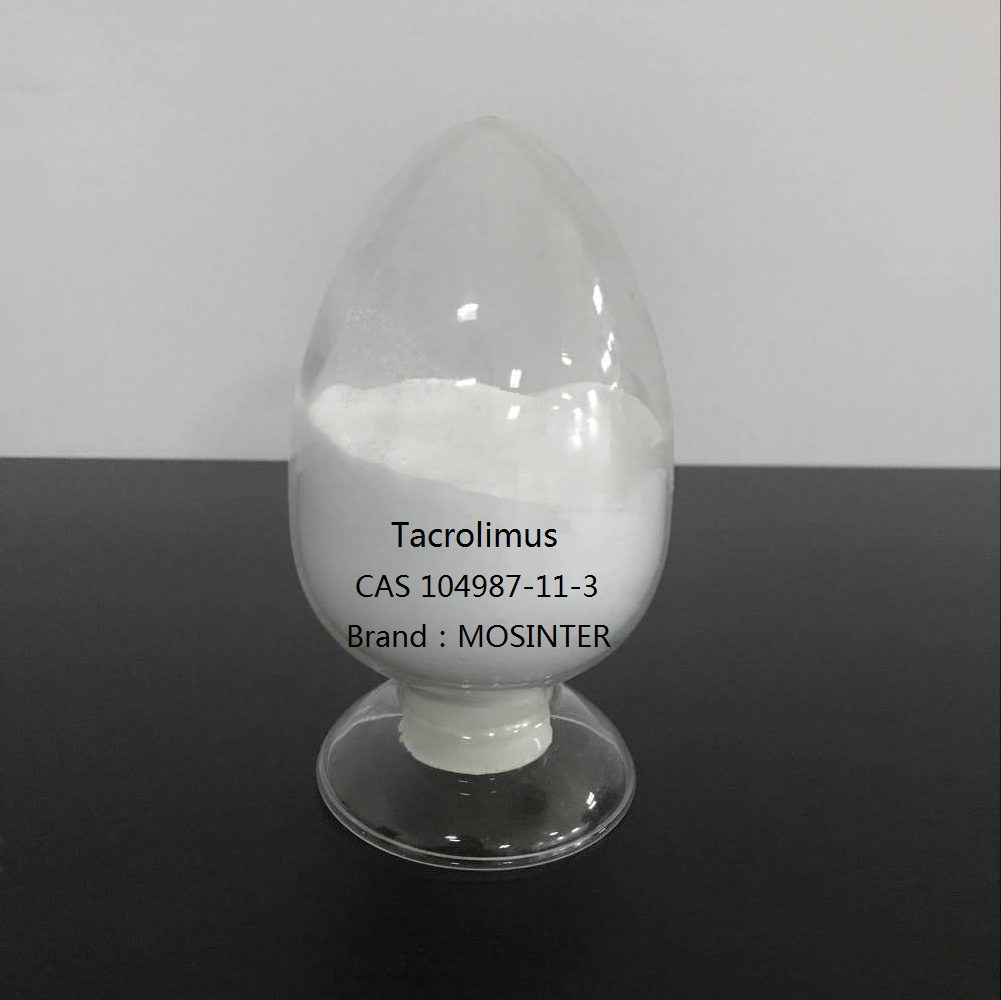
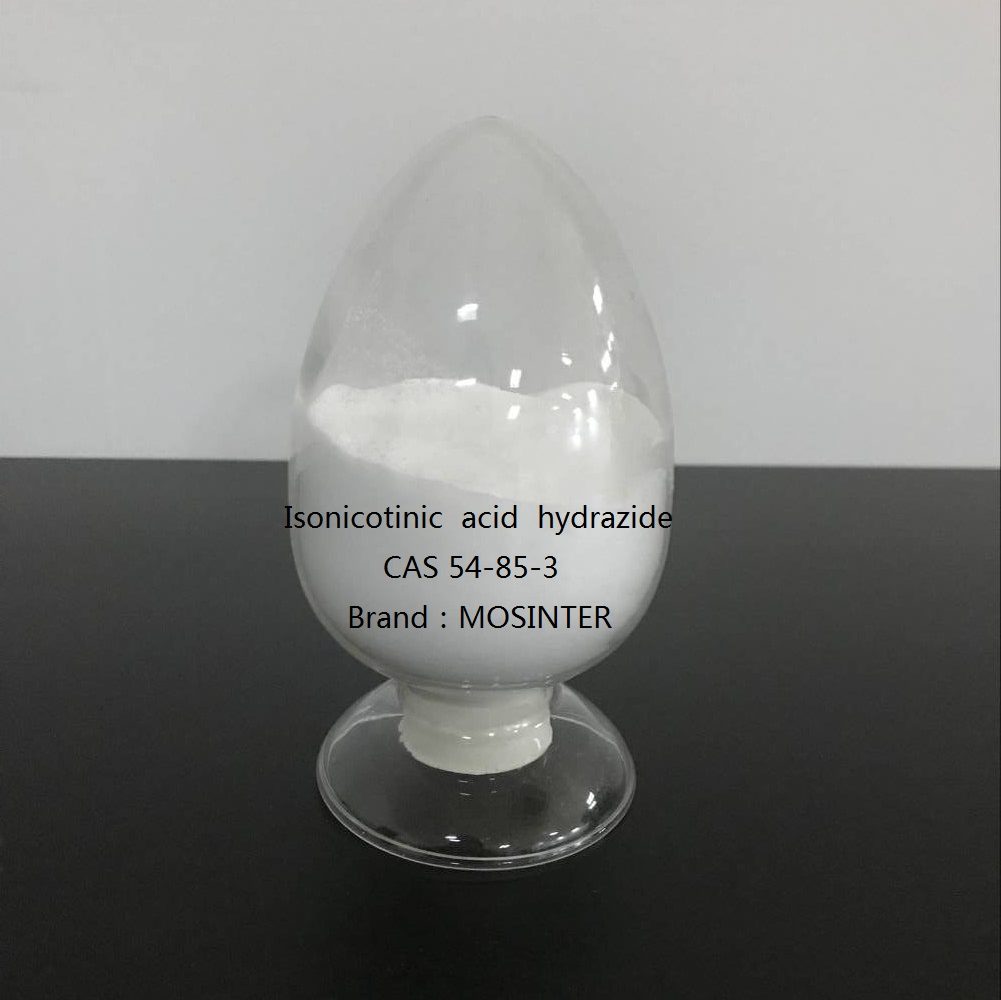
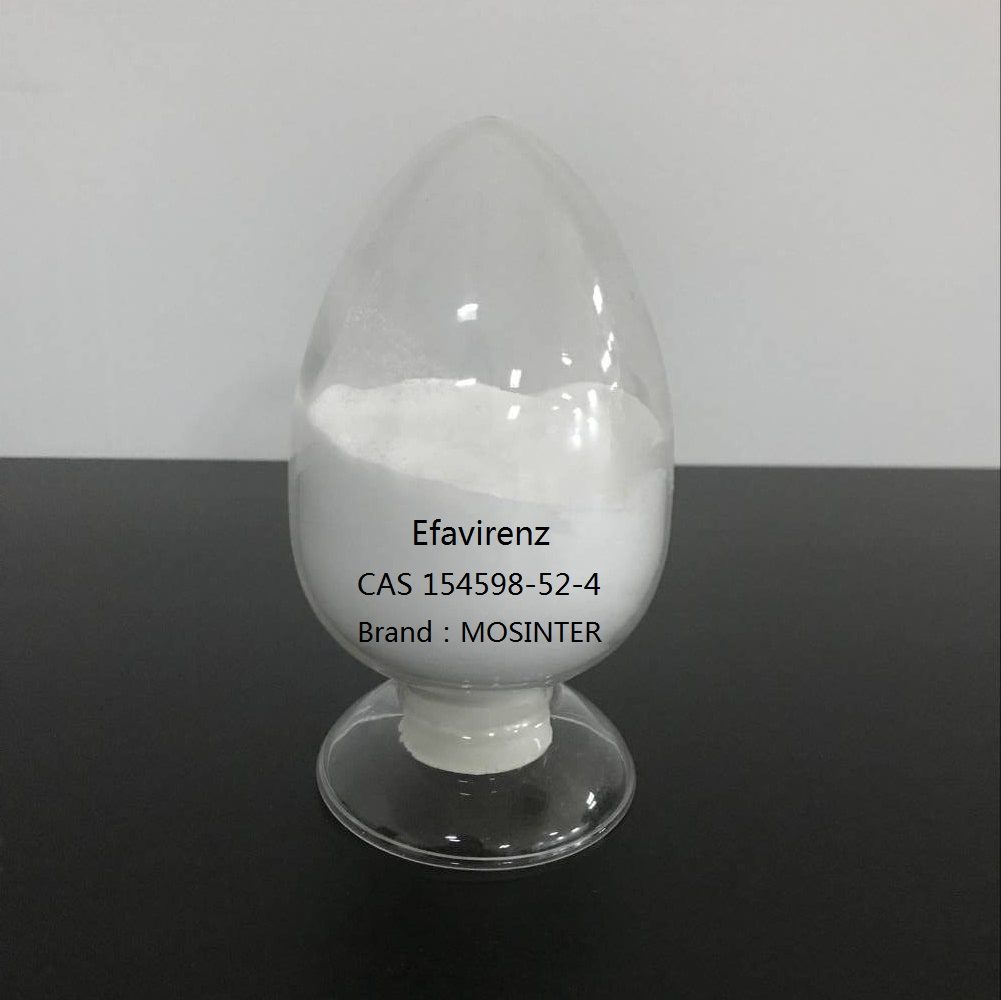
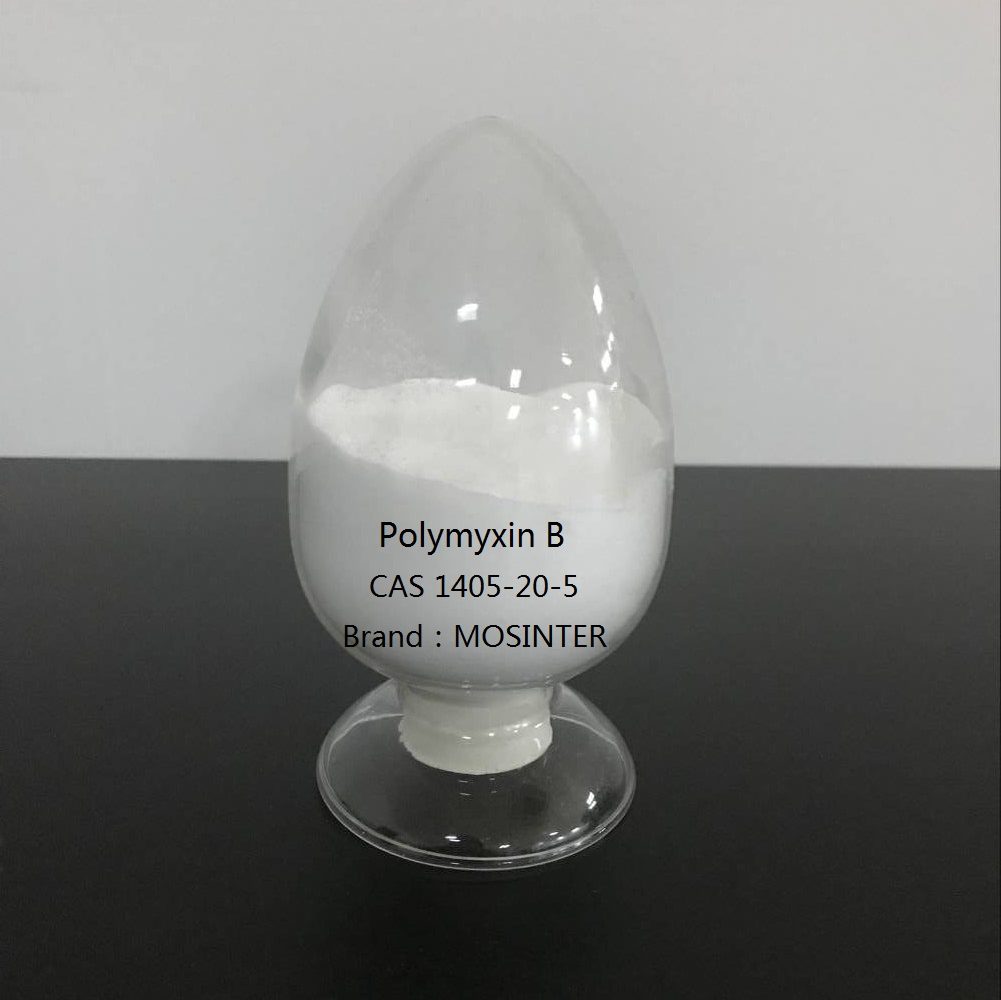
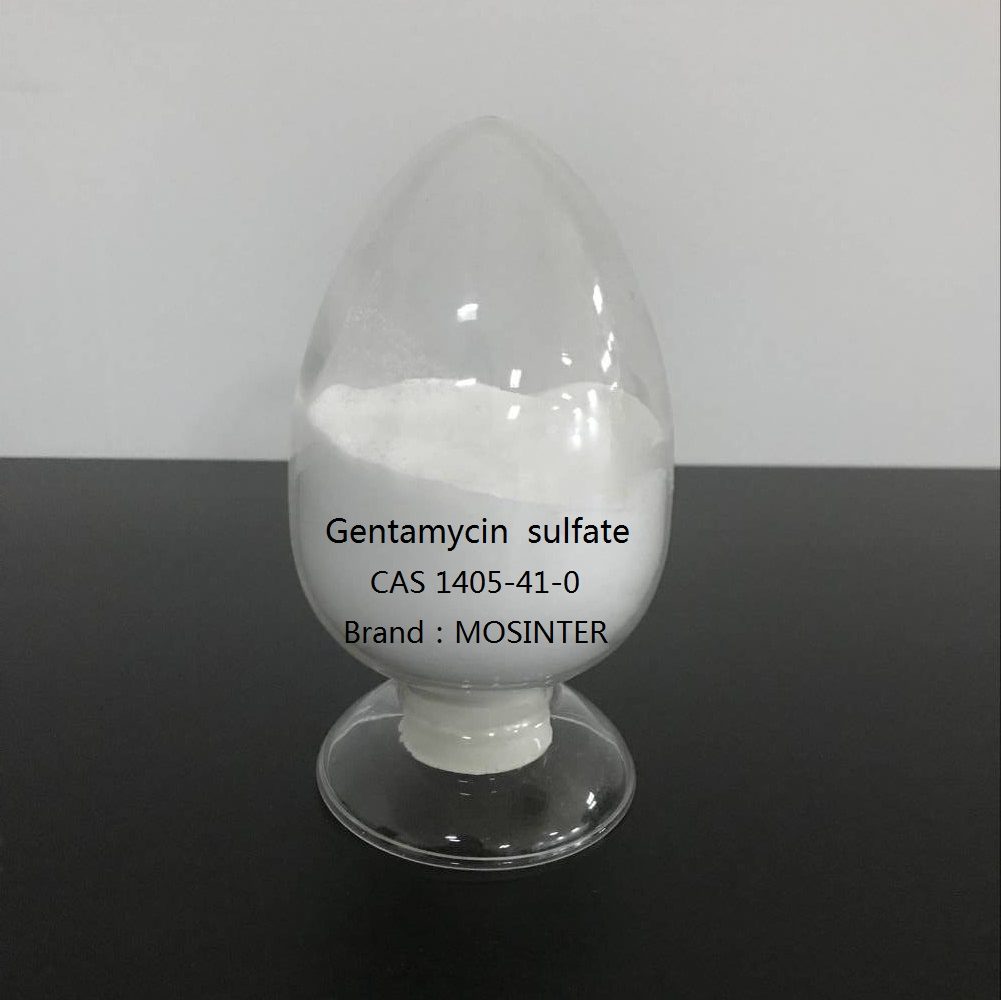
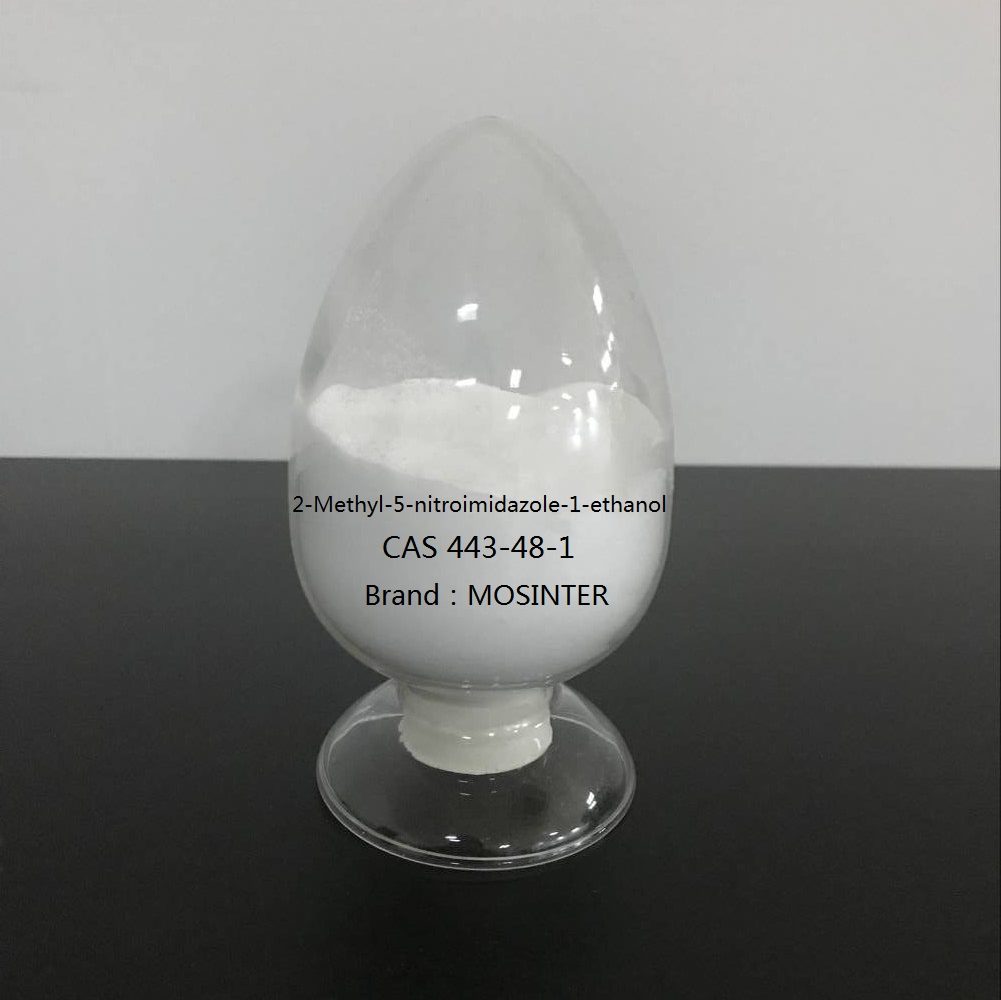
Reviews
There are no reviews yet.